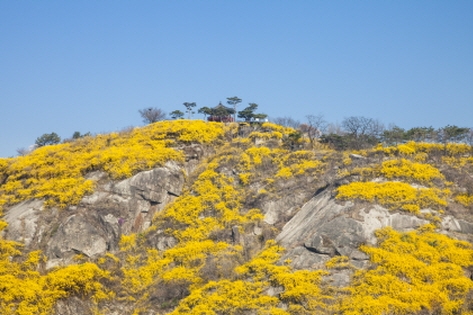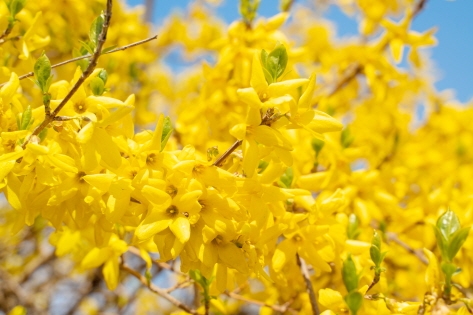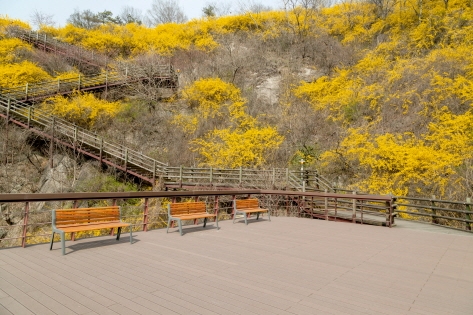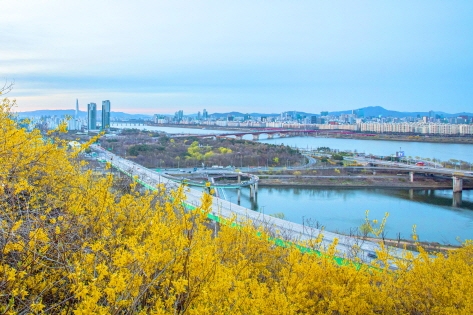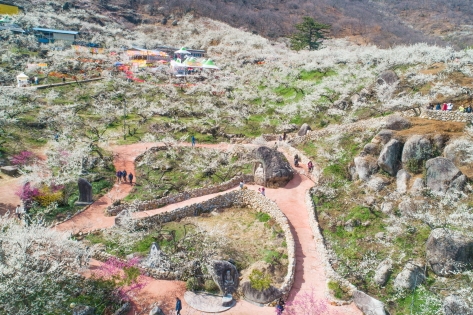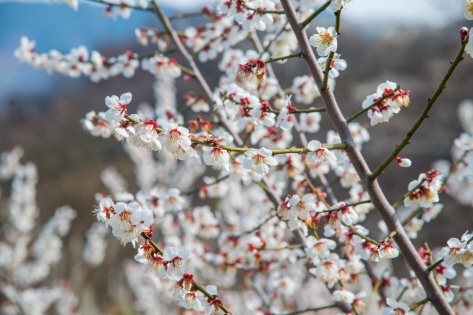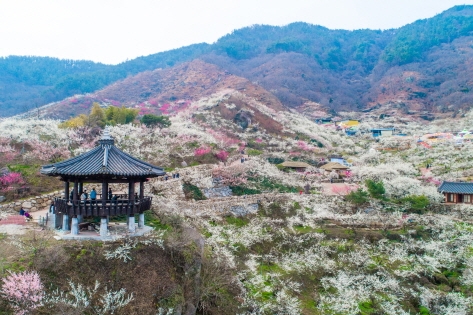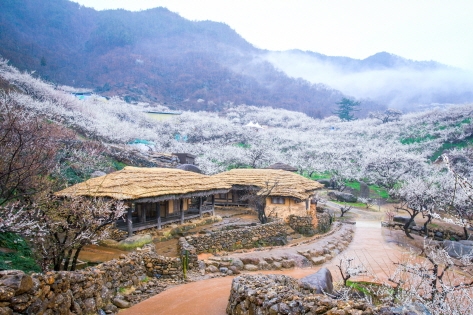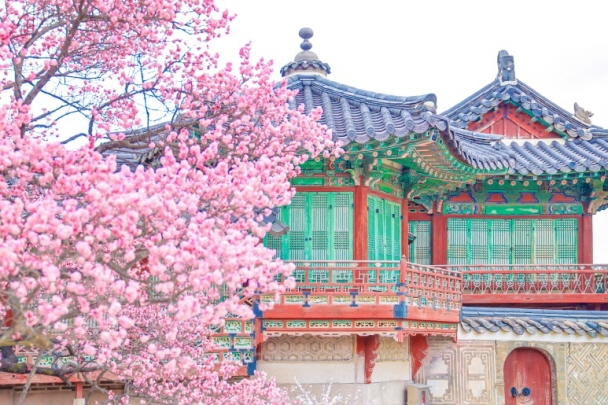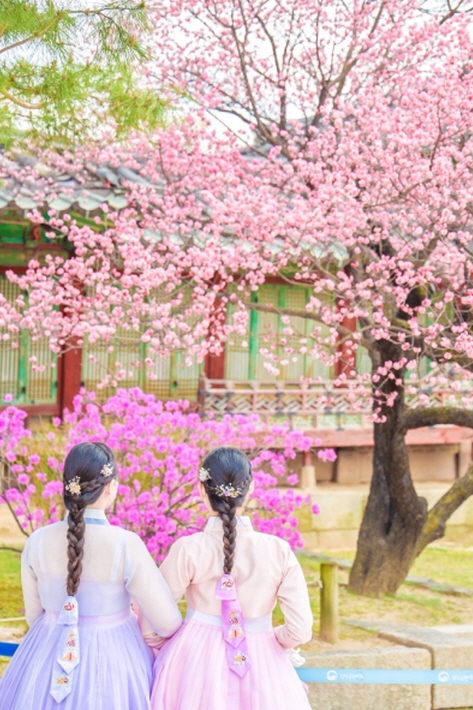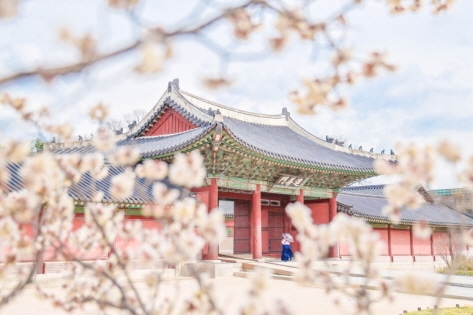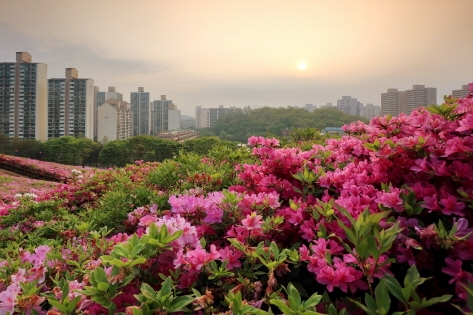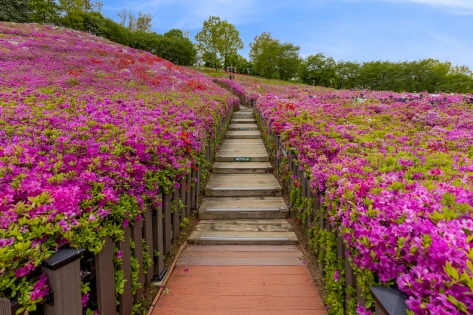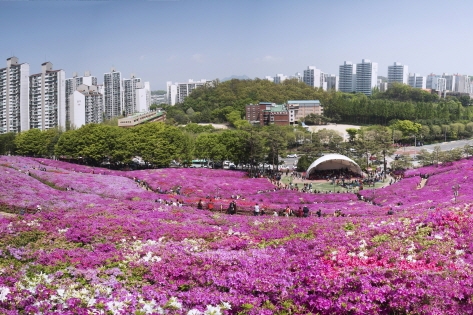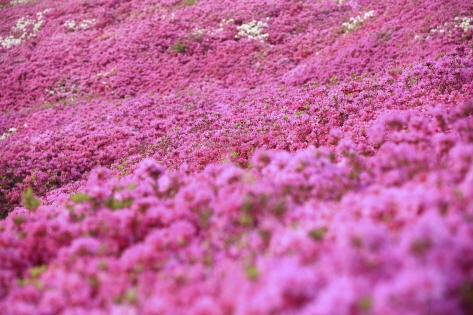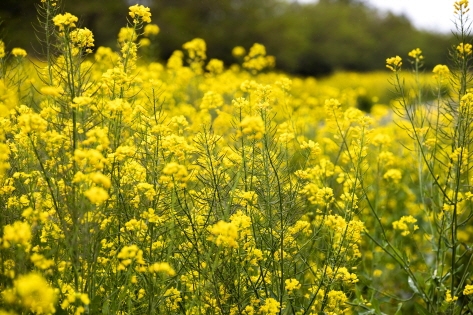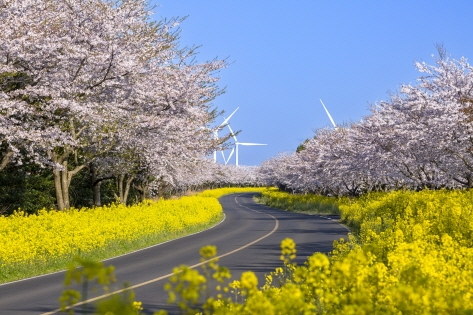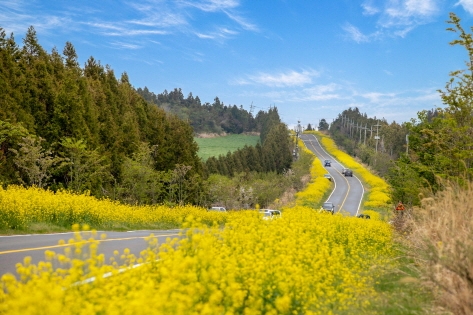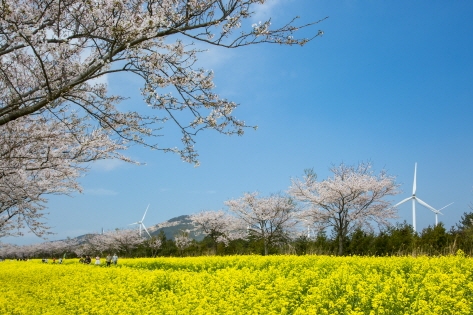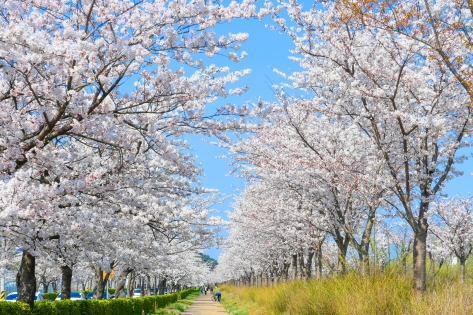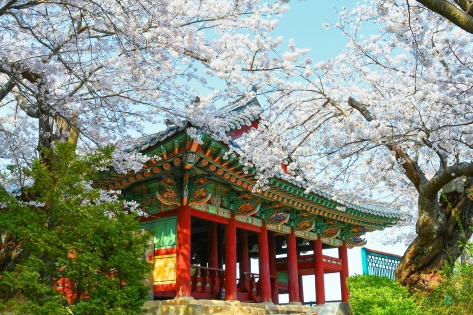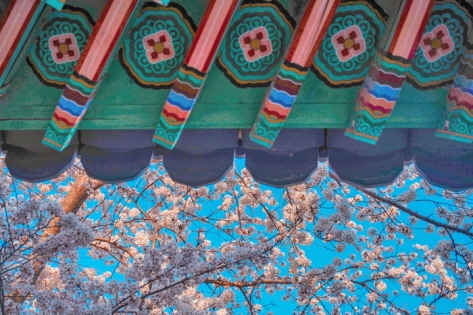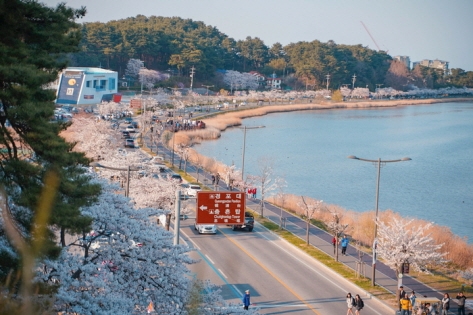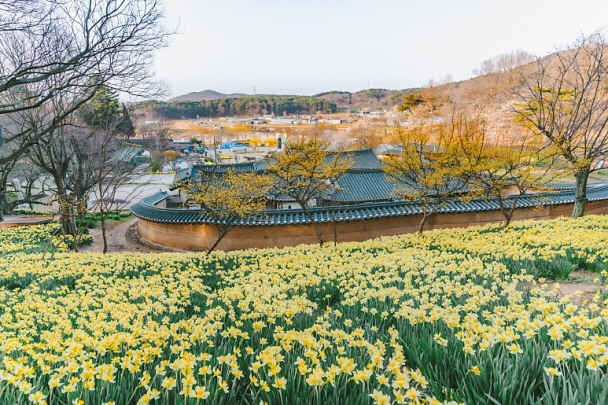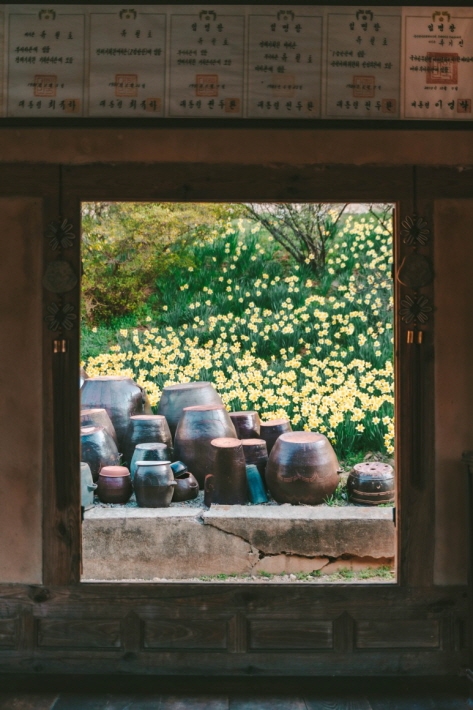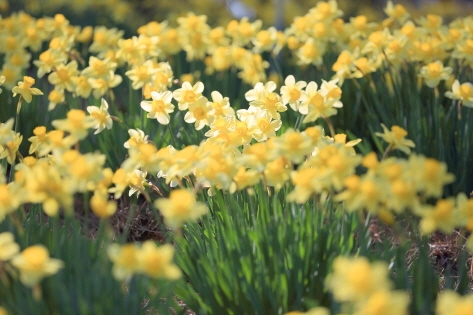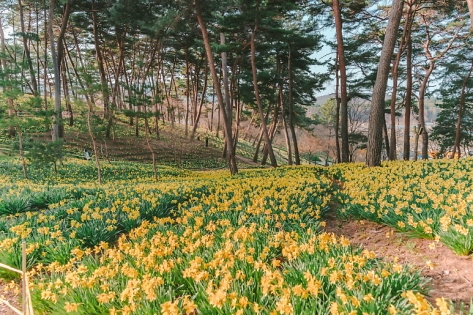- Log in
-
- Sydney Overseas Office
- London Overseas Office
- Paris Overseas Office
- Toronto Overseas Office
- Los Angeles Overseas Office
- New York Overseas Office
- Ulaanbaatar Overseas Office
- Istanbul Overseas Office
- Dubai Overseas Office
- New Delhi Overseas Office
- Manila Overseas Office
- Jakarta Overseas Office
- Hanoi Overseas Office
- Kuala Lumpur Overseas Office
- Singapore Overseas Office
- Bangkok Overseas Office
- Map
- Sydney Overseas Office
- London Overseas Office
- Paris Overseas Office
- Toronto Overseas Office
- Los Angeles Overseas Office
- New York Overseas Office
- Ulaanbaatar Overseas Office
- Istanbul Overseas Office
- Dubai Overseas Office
- New Delhi Overseas Office
- Manila Overseas Office
- Jakarta Overseas Office
- Hanoi Overseas Office
- Kuala Lumpur Overseas Office
- Singapore Overseas Office
- Bangkok Overseas Office
Travel Highlights
-
-
-
A Guide to Spring Blossom Destinations
-
03/08/2024
11.2K
-
3
5
-
-
flower
cherry_blossom
spring
cherry_blossom_season
forsythia
-
-
-
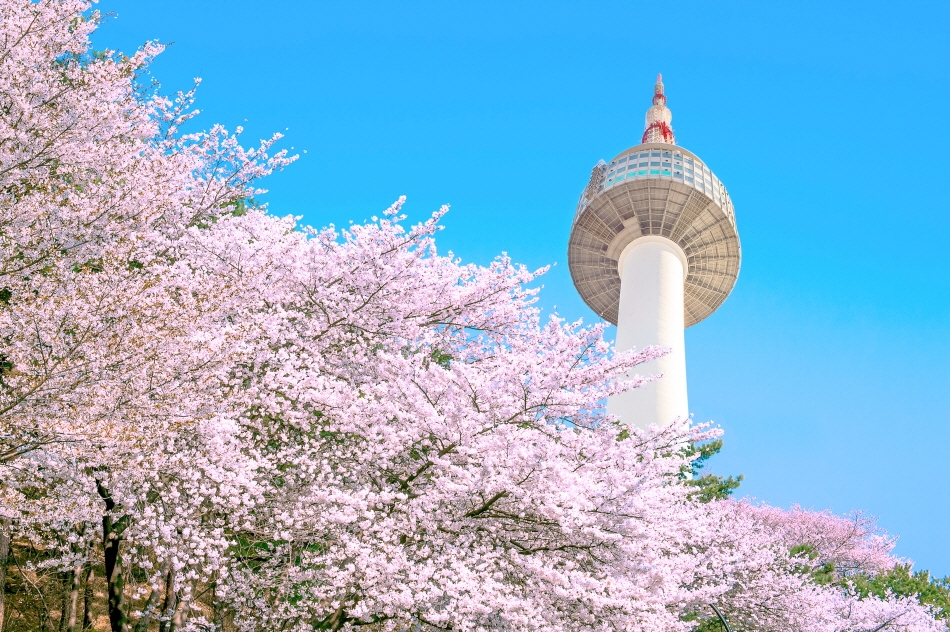
Plum blossoms, canola flowers, forsythias, cherry blossoms, daffodils, azaleas, and so on – there’s nothing better to announce the arrival of spring than flowers. Spring in Korea begins with vibrant magenta and yellow flowers, and end with lovely pink blossoms. People travel far and wide, to the southernmost tip of the peninsula and even across the sea, to relish the delicate spring blossoms that only come once a year. Here is a compilation of the top seven spring blossom attractions!
Forsythia at Eungbongsan Mountain, Seoul
The sight of forsythias spread across Eungbongsan Mountain is a sign that spring has arrived. Once this charming rocky mountain becomes blanketed with forsythias, its picturesque scenery looks as if it’s a painting. The walking trail leading to the mountain can be found by following the alleyway in front of the public parking lot by Eungbong Station (Gyeongui-Jungang Line), Exit 1. Forsythia’s peak bloom is forecast for mid-March. Eungbongsan Forsythia Festival takes place annually to celebrate the occasion; this year’s festival is planned to take place March 21-23.
Eungbongsan Mountain
- Address: 1540 Geumho-dong 4-ga, Seongdong-gu, Seoul (서울특별시 성동구 금호동4가 1540)
Plum blossoms of Gwangyang Maehwa Village, Jeollanam-do
Plum blossoms are one of the first flowers to bloom, thus often referred to as “the chief of flowers.” When the blossoms reach their peak, the whole village becomes colored with shades of soft pink and white. The beauty of the plum blossoms has defined the village, giving it the name “Plum Village.” A festival celebrating the blossoms will be held this year from March 8 to 17, filled with a variety of events, performances, and activities. Although the plum blossoms are lovely to look upon during their peak, walking along the road when the flower petals start to fall like rain drops is truly enchanting.
Gwangyang Maehwa Village
- Address: 1563-1 Seomjingangmaehwa-ro, Gwangyang-si, Jeollanam-do (전라남도 광양시 다압면 섬진강매화로 1563-1)
Red plum blossoms of Nakseonjae Hall, Cheongdeokgung Palace
Changdeokgung Palace is one of the most favored spring outing destinations due to its well-preserved authentic beauty and gorgeous flowers. Among the many attractive views within Changdeokgung Palace, the double flowering red plum blossom trees are the most outstanding of them all. Blooming from trees that were sent as a gift from China over 400 years ago, the blossoms boast flamboyant pink petals layered on top of one another. Visitors are advised to visit in early to mid-March to see the flowers at their peak.
Changdeokgung Palace
- Address: 99 Yulgok-ro, Jongno-gu, Seoul (서울특별시 종로구 율곡로 99)
Azaleas of Royal Azalea Hill, Gunpo
Royal azaleas bid farewell to spring as they are the last blossoms to bloom right before summer’s arrival. Blooming usually between April and June, their shades of deep pink are more intense than any other spring blossoms. The best spot to enjoy the sight of azaleas is at the Royal Azalea Hill located near Surisan Station (Seoul Subway Line 4) in Gunpo, Gyeonggi-do. The Royal Azalea Hill offers the breathtaking beauty of one million azalea shrubs forming a colony and convenient amenities like a walking trail with benches along the way. Recommended dates to visit the Royal Azalea Hill for this year are April 20-28 during the festival period.
Royal Azalea Hill
- Address: 1152-14 Sanbong-dong, Gunpo-si, Gyeonggi-do (경기도 군포시 산본동 1152-14)
Canola flowers and cherry blossoms of Noksan-ro Canola Flower Road, Jeju Island
The number one spring blossom that represents Jeju is the canola flower. Picked as one of the “100 Beautiful Roads of Korea,” Noksan-ro Canola Flower Road stretches for 10 kilometers, flanked by a carpet of charming canola flowers on both sides every April. During the festival this year, taking place March 30-31, visitors can experience pony riding along the road.
Noksan-ro Canola Flower Road
- Address: San 87-15, Gasi-ri, Pyoseon-myeon, Seogwipo-si, Jeju-do (제주특별자치도 서귀포시 표선면 가시리 산 87-15)
Cherry Blossoms of Gyeongpoho Lake, Gangneung
Gyeongpoho Lake is a seaside lagoon with a circumference of 4 kilometers, lined by a row of king cherry trees and weeping cherry trees. Every spring, the flower buds on the trees burst into delicate pink blossoms. The scenery of pink blossoms along the beach and the lake is quite a view, and thus included in the Eight Scenic Views of Gangwon. Towards the end of the peak bloom, petals shower down and create a magical scene. An annual cherry blossom festival takes place in the area, and this year’s festival is planned to take place from March 29 to April 3.
Gyeongpoho Lake
- Address: Gyeongpoho Lake area in Jeo-dong, Gangneung-si, Gangwon-do (강원특별자치도 강릉시 저동 경포호 일대)
Daffodils around House of Yu Gibang, Seosan
Located in front of a small hill covered in pine trees, the House of Yu Gibang is a hanok (traditional Korean house) built in 1919. What makes this charming hanok building all the more special is the field of yellow daffodils that encircles the building, stretching all the way up to the pine forest. With the arrival of spring, the House of Yu Gibang sees crowds of tourists excited to take photos against the backdrop of the yellow flower bed. To fully enjoy the sight in peace, spend the night at the House of Yu Gibang.
House of Yu Gibang
- Address: 72-10 Imunan-gil, Seosan-si, Chungcheongnam-do (충청남도 서산시 운산면 이문안길 72-10)
More info
- 1330 Korea Travel Helpline: +82-2-1330 (Korean, English, Japanese, Chinese, Russian, Vietnamese, Thai, Malay)
* This column was last updated in February 2024, and therefore information may differ from what is presented here. We advise you to check details before visiting.

